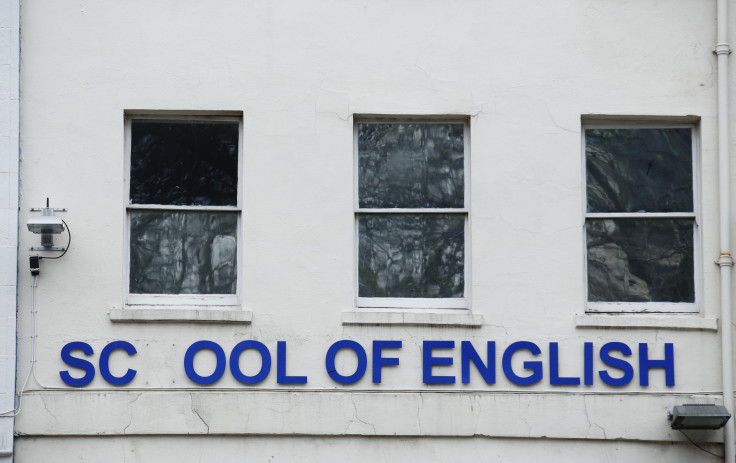Bilingual Infants Are Capable Of Differentiating Between Languages, Princeton Study Finds

Infants growing up bilingual have the capability to differentiate between the two languages, even when they are as young as 20 months old, a new study published Tuesday by Princeton University found.
Researchers at Princeton Baby Lab studied how babies and young children learn to see, talk and comprehend the world.
International researchers teamed up with researchers from Princeton University and found infants as young as 20 months of age could accurately and efficiently process two languages separately.
“By 20 months, bilingual babies already know something about the differences between words in their two languages,” Casey Lew-Williams, an assistant professor of psychology and co-director of the Princeton Baby Lab, said.
“They do not think that ‘dog’ and ‘chien’ [French] are just two versions of the same thing,” he added. “They implicitly know that these words belong to different languages.”
Read: Scientists Used Lasers To Make A Geektastic Necklace Archive Of 1,500 Languages
The participants — 24 French-English bilingual infants and 24 bilingual adults — were shown two photographs of familiar objects and asked to identify one. They then heard simple sentences either in one language or a mix of the two, like “Look! Find the dog!” or “Look! Find the chien!”
The researchers then experimented with language switches called code switches that are regularly heard by children in bilingual communities like “That one looks fun! Le chien!”
Researchers then measured their pupil dilation and how long an infant’s or an adult’s eyes remained fixed to a photograph after hearing a sentence using eye-tracking. The involuntary response of pupil dilation is an indicator of how hard the brain is working and an indirect measure of cognitive effort.
They found that on hearing switched-language sentences, both bilingual infants and adults incurred a processing "cost." This cost though was either eliminated or reduced when the switch went from the non-dominant to the dominant language.
“We identified convergent behavioral and physiological markers of there being a ‘cost’ associated with language switching,” Lew-Williams said. The study “shows an efficient processing strategy where there is an activation and prioritization of the currently heard language,” he added.
The fact that both the adults and the children had similar responses indicated that “bilinguals across the lifespan have important similarities in how they process their languages,” he concluded.
“This creates a preference for the base language when listening, and hence processing a code-switch can take a bit more time, but momentarily,” François Grosjean, professor emeritus of psycholinguistics at Neuchâtel University in Switzerland, who is familiar with the research but was not involved in the study, said.
“When language switches occur frequently or are situated at [sentence] boundaries, or listeners expect them, then no extra processing time is needed. The current study shows that many of these aspects are true in young bilingual infants, and this is quite remarkable,” he added, according to a news release by Princeton University.
“One of the most obvious implications of these results is that we needn’t be concerned that children growing up bilingual will confuse their two languages. Indeed, rather than being confused as to which language to expect, the results indicate that even toddlers naturally activate the vocabulary of the language that is being used in any particular setting,” Janet Werker, a professor of psychology at the University of British Columbia, who was not involved with the research but seemed excited about the finding, said.
Read: Early Animal Hieroglyphics Show How Egyptian Language Evolved
Lew-Williams believes that bilinguals have cognitive advantages across their lifespan. According to him, people with dual-language proficiency have been observed to perform better at “tasks that require switching or the inhibiting of a previously learned response.”
“Researchers used to think this ‘bilingual advantage’ was from bilinguals’ practice dealing with their two languages while speaking,” he said. “We believe that everyday listening experience in infancy — this back-and-forth processing of two languages — is likely to give rise to the cognitive advantages that have been documented in both bilingual children and adults.”
© Copyright IBTimes 2025. All rights reserved.





















